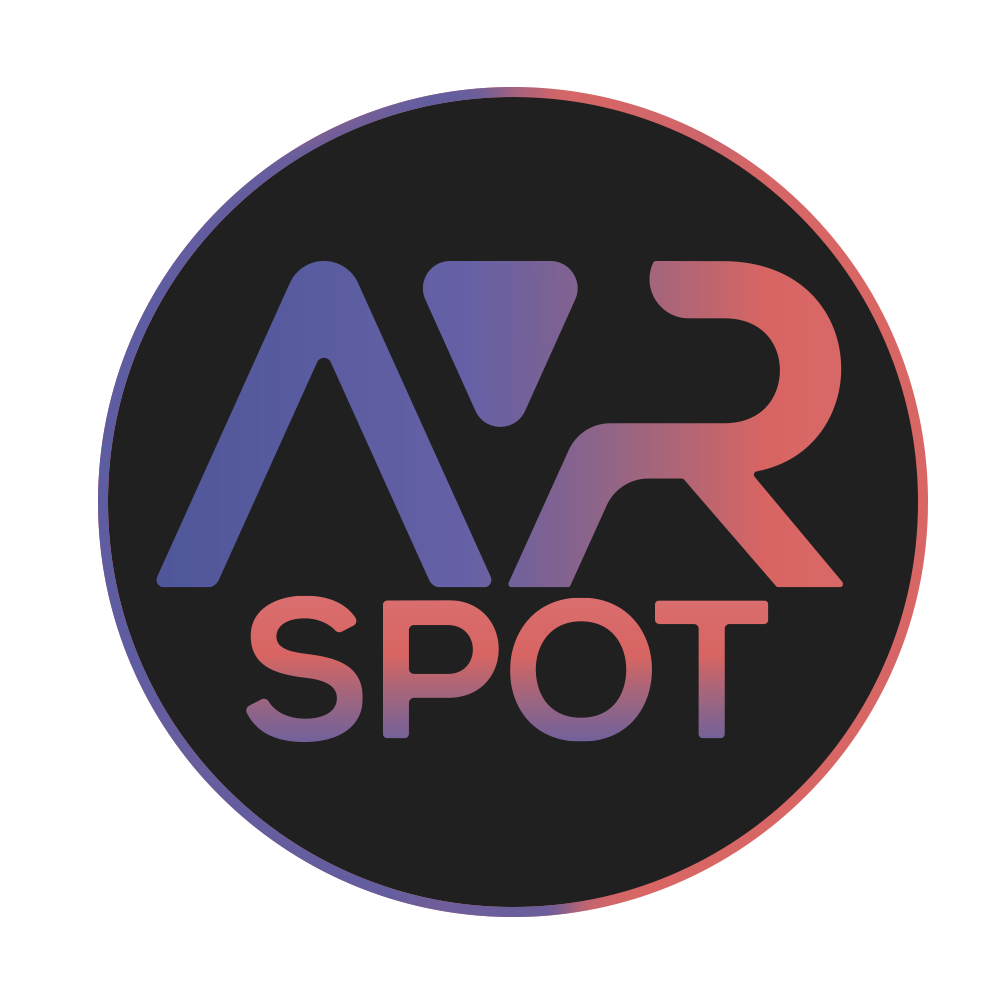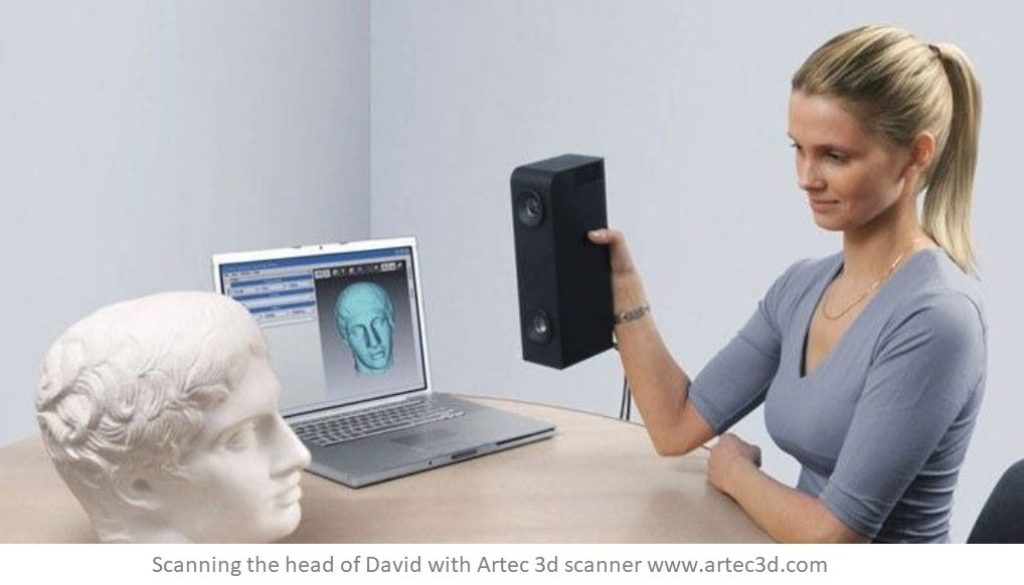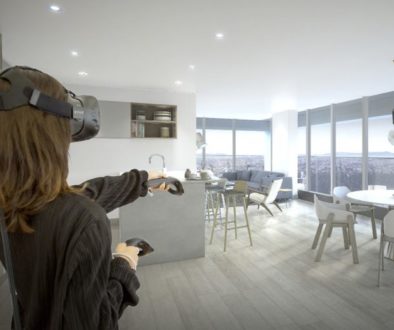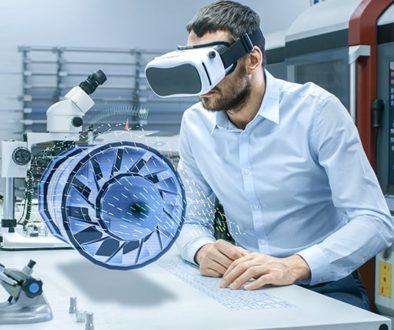3D Photogrammetry VS 3D Laser Scanning, Who Wins?
If you have a VR/AR project in mind or just want to have 3D models created, you might be intimidated by the idea of choosing between 3D photogrammetry and 3D laser scanning. Actually, the concepts and their applications aren’t that hard to understand, so grab a cup of tea and read on the blog!
What is 3D Photogrammetry?
Let’s start from a definition. Photogrammetry is the process of getting shape measurements, as well as extracting other 3D information from photographs. Digital photogrammetry operates on images of objects captured from different locations and angles using a standard digital camera, and having the computer detect overlapping patterns to build up a 3D reconstruction of the photographed model.
To put it simply, the operation includes taking a set of pictures of an object from different angles — approximately 95 photos of 1 object in average, then uploading them to the software (like Autodesk ReCap, Agisoft Photoscan, RealityCapture) that converts photos into a 3D model. By comparing pixel colors and defining anchor points, photogrammetry software evaluates and creates 3D models of a vast variety of objects.
3D Laser Scanning
Now, 3D scanners. These are devices that use infra-red light projection to construct metric data from objects they are scanning. Laser scanners gather plane data using a laser beam pointed at the surface and then convert that data into a point cloud.
3D photogrammetry: Positives and Negatives & Applications
First, photogrammetry is affordable. To digitally replicate object forms using photogrammetry, you need a camera and a room which has enough light to film in. If the object is human or animal, multi-camera systems are precisely placed in a studio.
Photogrammetry facilitates instant data capture, which is extremely valuable and allows highlighting the tiniest details of the body. Even if the subject moves a bit, the final outcome and the look won’t be affected, unless the object moves intensely.
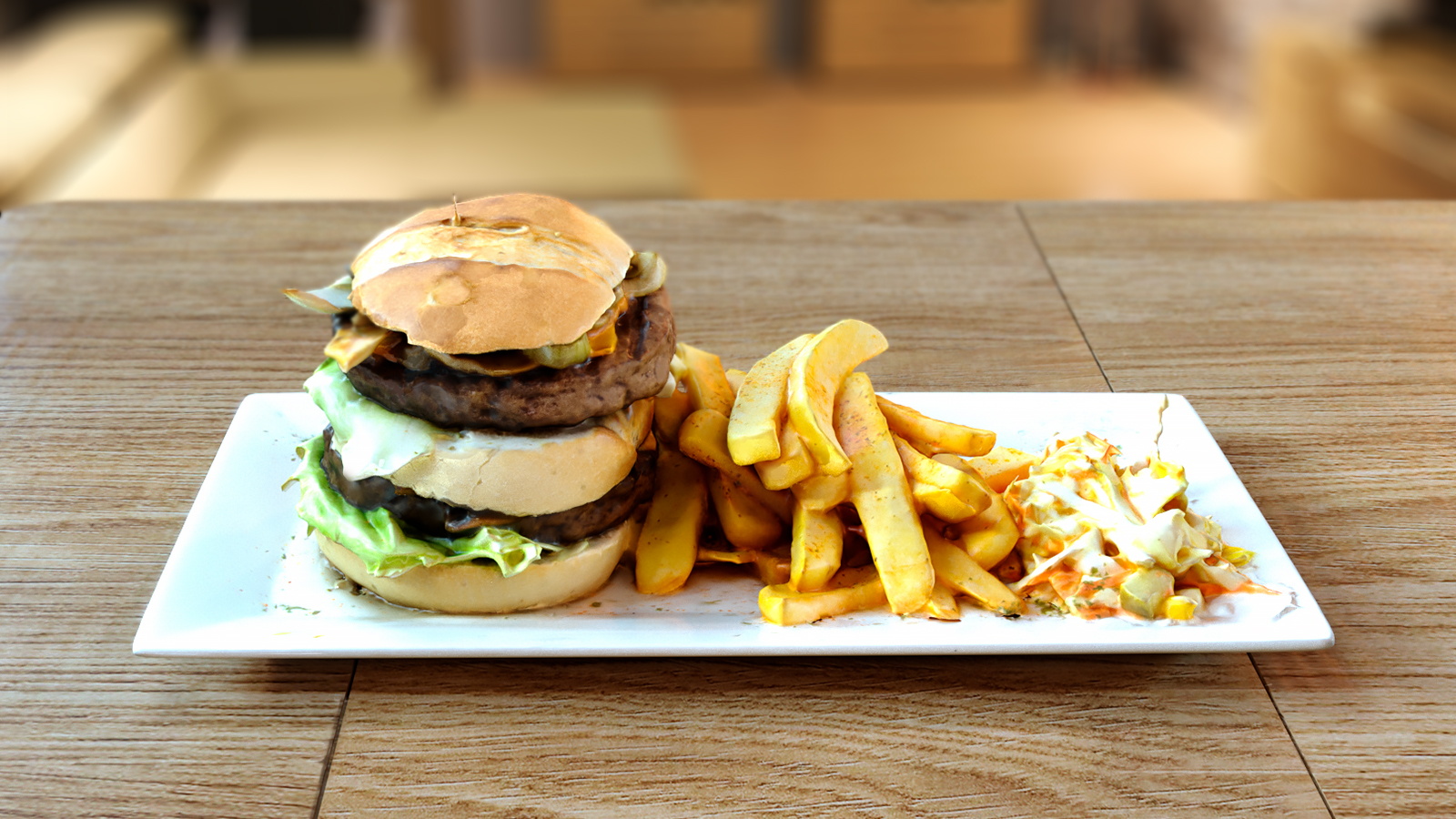
On the other hand, a custom-built system has to be created in a studio setting, which is difficult to arrange. Shooting must be done correctly, otherwise, you fail. In addition, photogrammetry solutions aren’t able to capture transparent, glossy, flat and one color objects, because they have no visual patterns to detect.
Thus, it’s better not to use photogrammetry for the bodies with smooth, shiny, and featureless surfaces. In fact, this is the only one real limitation of photogrammetry, which can be easily fixed. All you have to do is to mess up the surface so that it is dirty and not shiny. In case, you are not allowed to distort the surface of the subject than using a 3D scanner would be a better alternative.
In general, photogrammetry is applicable when creating 3D models of simple objects we encounter in our everyday life, humans, as well as for topographic mapping, and geology.
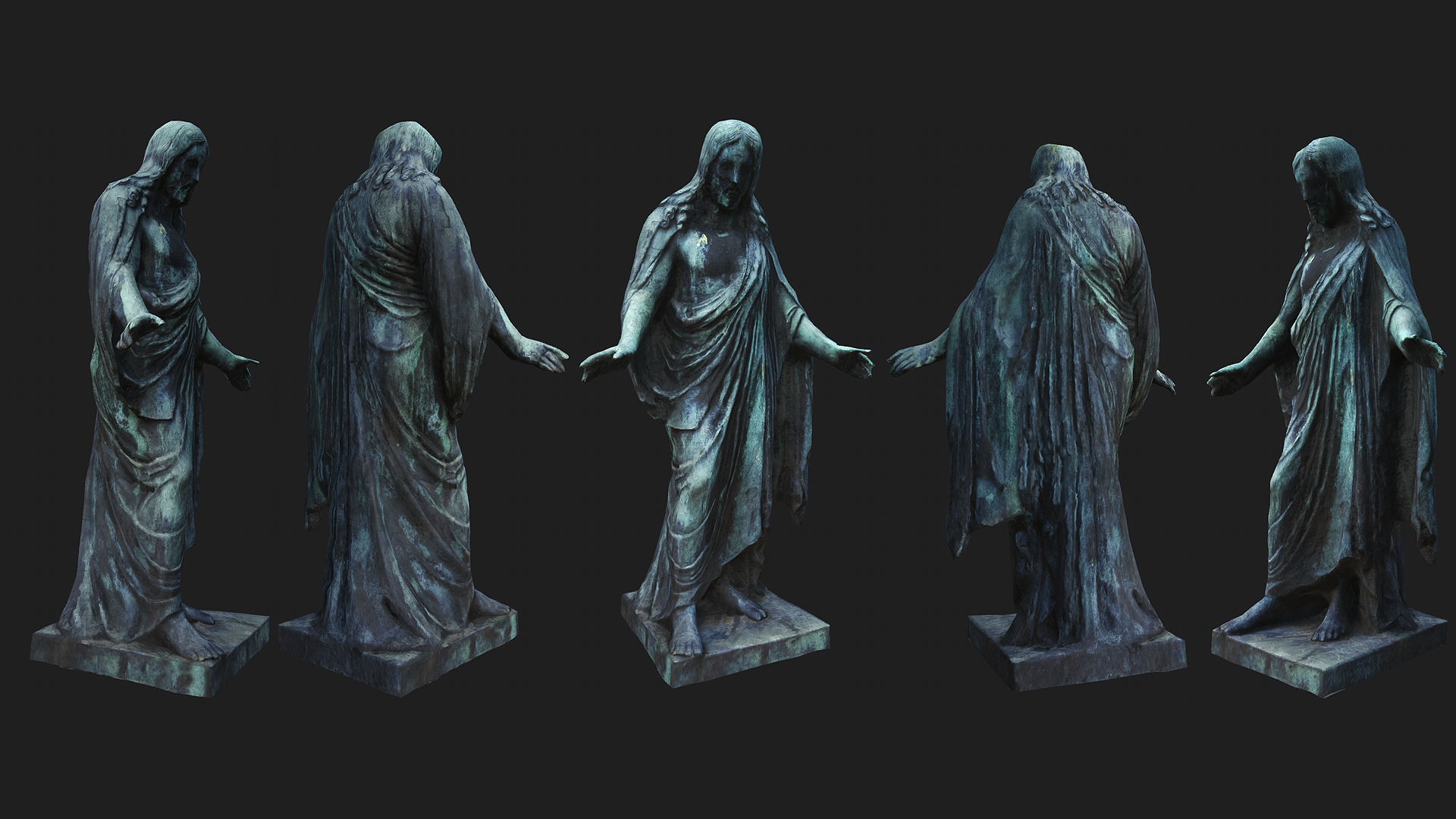
3D Laser Scanning: Pros and Cons & Applications
3D scanning, on the contrary, can be applied to objects with any colors and textures, it is not affected by light setup and body movement. Laser scanning works in the dark and can be applied for cave scanning or any other area when there’s no daylight. Think of trying to scan the engineering objects or pipes connections for instance. Taking the specific quantity of pictures of all parts from all angles will be nearly impossible. Probably hundreds of cameras would be required in a photogrammetry room to achieve the result you can obtain with one 3D scanner.
Another advantage of 3D scanning is that it gives higher resolution and accuracy than photogrammetry. Therefore, facial characteristics and even clothing features captured with a 3D scanner are likely to be more precise and lifelike. But despite that, most of the consumer 3D scanners can only scan details around 1 to 2 mm, so if your subject has attributes smaller than that — opt for photogrammetry.
Now let’s proceed to disadvantages. Sometimes the results from consumer 3D scanners can be low quality, so it is better to do a few scans. To achieve a flawless result you have to specify the level of density of the mesh and align the requirements with the software to be used. Laser scanning is perfect for middle-sized objects, but not for tiny or immensely large.
One more drawback is that 3D scanners are ridiculously expensive. Thus, if you are able to scan the object applying photogrammetry — use it.
As a rule, laser scanning is used in the construction industry and civil engineering, during the design process (when working with complex parts and shapes), in real estate, and for cultural heritage purposes.
Summing Up
3D photogrammetry and laser scanning are both efficient technologies, but with applications in different cases. Overall, when choosing between photogrammetry and 3D scanning, you really have to consider your needs and applications.
So, what technology you’re going to is up to you. If you have any questions, please, don’t hesitate to ask it down below.
If you want to have a set of models created for your project just drop us a line and our team of 3D designers will do it for you.
Another article you may like: How We’ve Generated 3D Characters for Virtual Reality Community
Another article you may like: How We Used Bezier Curve to Create VR Bike Experience
